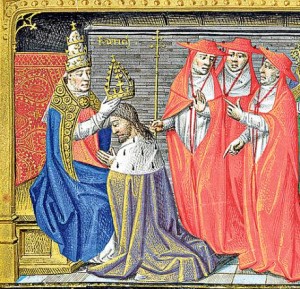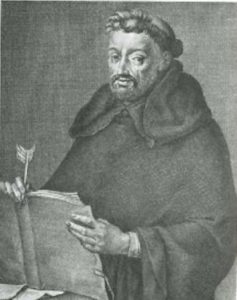Some Innocent Popes
From the twelfth century to the eighteenth century several Popes called Innocent stand out: they are:-
Innocent III (Lotario dei Conti di Signi). He was Pope from 1198 to 1216, and as he was born in 1160 this shows he became papal at the early age of thirty-eight. Historians agree that his pontificate was a high point of the temporal and spiritual supremacy of the Roman see (the Vatican). He was certainly powerful, being able to judge between rival emperors in Germany; at one point he actually deposed one – Otto IV.
This Innocent excommunicated the awful King John of England, who had refused to recognise the Pope’s appointment of Stephen Langton as Archbishop of Canterbury. He also set up the Fourth Lateran Council in the year 1215. (more…)








